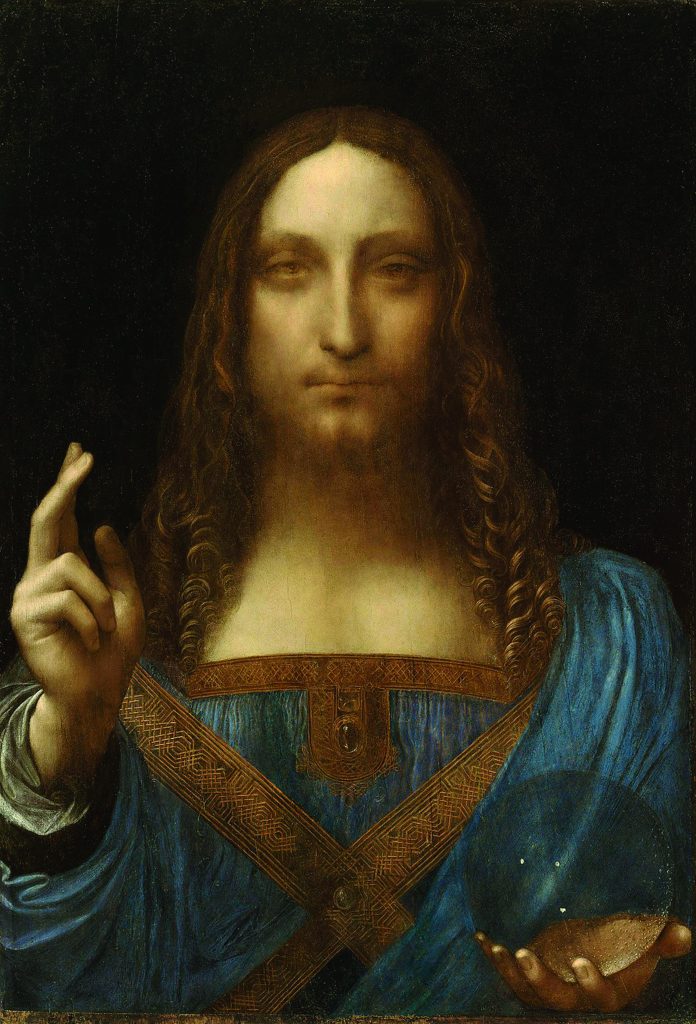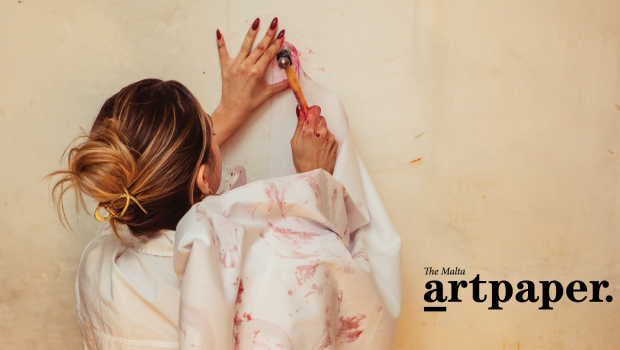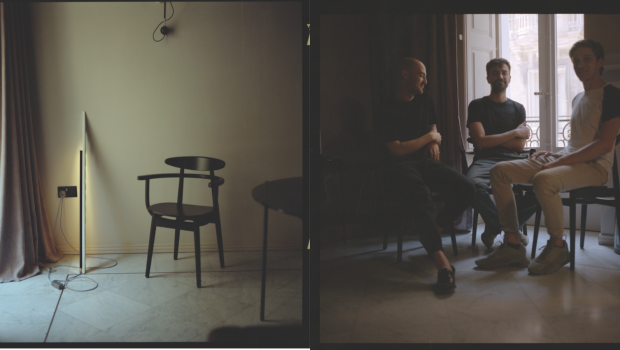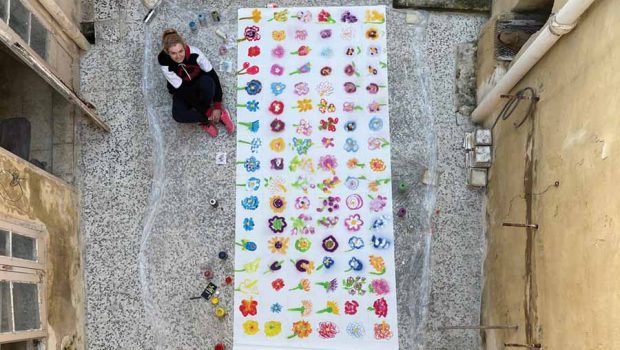The Lost Da Vinci
How it went from £45 to $450 million in 59 years
Leonardo da Vinci is one of history’s greatest artists and thinkers. Only about 15 of his paintings are known to exist and one was thought to be lost forever.
Da Vinci painted that masterpiece, called Salvator Mundi (Saviour of the World) in around 1500. It was owned by no fewer than three kings and, in 1763, it disappeared. The story of this incredible painting, how it was rediscovered in 2005 and what happened when it went to auction at Christie’s in November 2017, makes it one of the most interesting narratives ever to grace the annals of visual art.

The strong probability is that in around 1500 Leonardo da Vinci was commissioned to paint Salvator Mundi by the French Royal family. King Louis XII of France and Anne of Brittany must have been feeling on top of the world after their remarkable conquests of Milan and Genoa, their major twin cities’ competitors in trade. In 1625, the picture travelled to England with Queen Henrietta Maria, on her way to becoming the pretty blushing bride of King Charles I.
A huge spendthrift if ever there was one, the first King Charles died in 1649 leaving behind him massive debts and hundreds of creditors. Part of the solution was using his art collection to pacify some of his more irate and influential creditors which explains how da Vinci’s Salvator Mundi parted company with royalty in around 1651, for the measly amount of £30. In 1763, the painting went missing and was not seen again for the next 150 years.
In the late 19th century, not in the name of Leonardo da Vinci, the Salvator Mundi became part of the famed collection of Sir Francis Cook, a renowned British merchant and art collector who was also known as one of Britain’s three richest men.
With Sir John Charles Robinson (1824-1913) – the former curator of the Victoria and Albert Museum – as his advisor, Sir Francis Cook constantly and astutely added more works of art to his collection. When Sir Frances died in 1901, he left his remarkable collection of more than 510 major works of art in trust to his eldest son and heir. On 25th June 1958, the painting popped up at an auction at Sotheby’s in London, where it was acquired by someone named Kuntz for just £45. This was because the Cook family, endorsed by the famous auction house, was of the belief that the artist who painted Salvator Mundi was Giovanni Antonio Boltraffio, a mere contemporary and studio companion of da Vinci.
In 2005, the canvas resurfaced at an American estate sale and was promptly purchased by the famed New York art dealer Alexander Parish, who paid $10,000 for it.
Having authenticated the painting as a bona fide Leonardo, in 2013 Parish, and a consortium of fellow dealers, sold it to ‘Freeport King’ Swiss businessman Yves Bouvier, president of Natural le Coultre, for a cool $80 million. Later that year, Bouvier sells it for $127.5 million to the Russian billionaire Dmitry Rybolovlev.
And less than four years later, on 15th November 2017, Rybolovlev put the painting up for sale at Christie’s, where it fetched $450.3 million, becoming the most expensive work of art ever sold.
The auction house initially kept quiet about the buyer, but eventually released a statement some 30 days later: ‘Christie’s can confirm that the Department of Culture and Tourism, Abu Dhabi, is acquiring Salvator Mundi by Leonardo da Vinci. We are delighted to see that this remarkable painting will be available for public view at the Louvre Abu Dhabi.’
A document seen by Reuters showed that a Saudi prince was authorised to purchase the painting on behalf of the Abu Dhabi Department of Culture and Tourism. Dated 12 November 2017 and addressed to Prince Badr bin Abdullah al Saud, it thanks him for “agreeing to bid as undisclosed agent for and on behalf of the Department at Christie’s auction on 15 November.” The letter authorised the Prince to “bid up to a hammer price” of $500 million.
The last da Vinci left in private hands had fetched more than four times Christie’s pre-sale estimate of around $100million: clearly a case of ‘the beauty (and value) of Art, lies in the eyes (and pocket) of the beholder’!








